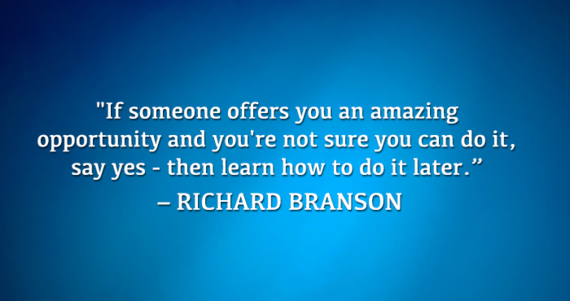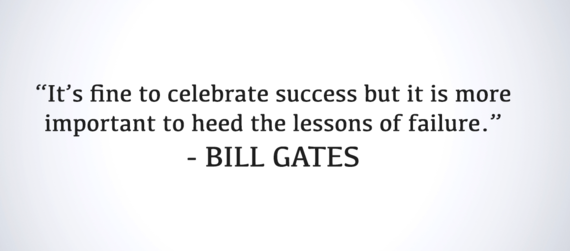
Content marketing and digital media strategies often (if not always) include social sharing as a metric for success. Creating highly engaging, widely relatable content is a crucial step towards earning an audience's attention. But while pageviews are important, marketers need a deeper understanding of why people share it to create content that will reach further.
To learn more about sharing motivations, we surveyed more than 1,000 adults and asked them about the aspects of their identities that matter most when they share online. Combined with some research on why users hesitate to share, we now have a better understanding about how audiences use content to talk to each other, and about themselves.
1. 71% of users are reluctant to share content.
There are many considerations that factor into this censorship process. One is a user's concern for how a comment or piece of content may reflect on themselves. Another is the appropriateness of a message for the various social circles--ranging from friends to family to employers to clergy members--who may all be a part of the same contact list, and will thus all see the same post.
Regardless of the cause, the widespread act of self-censorship is a flag to content creators that audiences are highly selective about what they share and actively review and consider the content
they amplify to their friends and followers.
2. Salient identities prompt us to take action.
According to social science, five broad categories encompass the aspects of ourselves that help determine how we behave:
Relational Identity
Personal Identity
Social Identity
Superficial Identity
Collective Identity
We assess the importance of each factor in every social situation we encounter, and prioritize these aspects according to our current circumstances. Collective identity, which focuses on groups we are a part of, may be the most salient identity at a soccer game, but personal identity (which revolves around values and goals) is likely more important during a job interview.
The ranking of these identities is important to understand when it comes to online sharing. The aspects that are most salient when users are on social media determine the type of content they are most likely to share.The more your content can help them amplify the way they want to be seen, the more shares your content will earn.
84% of respondents in our survey said that "being a good friend to those I care about" is an important factor they consider when they use social media; 20% said that their relationships are "extremely important." These concerns for relational identity were the most salient across every generation in our survey, but strikingly so among those in the 65 age group.
Content creators will gain the most traction by building campaigns that help people relate to one another when they share it. BuzzFeed has found unique success online by tapping into this very insight, according to Ze Frank, head of BuzzFeed video, and focusing on content that encourages users to share and say "I know you, I like you."
After their friendships, 63% of social media users said that their values, goals, and dreams--aspects of personal identity--were the next most important concerns on their list. This was particularly true for younger generations; both younger and older Millennials ranked personal identity factors higher than older groups.
It's important to note that while values were highly ranked, religion was ranked as the least important factor in this study. In fact, 55% of respondents ranked this factor as "not important" when they consider whether to share content. Content marketers may want to broach content relating to personal identity from angles of inspirational quotes rather than from a standpoint of religious or political affiliations.
Relational Identity
Personal Identity
Social Identity
Superficial Identity
Collective Identity
We assess the importance of each factor in every social situation we encounter, and prioritize these aspects according to our current circumstances. Collective identity, which focuses on groups we are a part of, may be the most salient identity at a soccer game, but personal identity (which revolves around values and goals) is likely more important during a job interview.
The ranking of these identities is important to understand when it comes to online sharing. The aspects that are most salient when users are on social media determine the type of content they are most likely to share.The more your content can help them amplify the way they want to be seen, the more shares your content will earn.
3. Users want to be seen as being a good friend.
Content creators will gain the most traction by building campaigns that help people relate to one another when they share it. BuzzFeed has found unique success online by tapping into this very insight, according to Ze Frank, head of BuzzFeed video, and focusing on content that encourages users to share and say "I know you, I like you."
4. Sharing goals and values.
It's important to note that while values were highly ranked, religion was ranked as the least important factor in this study. In fact, 55% of respondents ranked this factor as "not important" when they consider whether to share content. Content marketers may want to broach content relating to personal identity from angles of inspirational quotes rather than from a standpoint of religious or political affiliations.




















